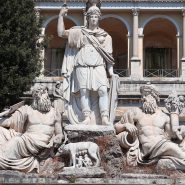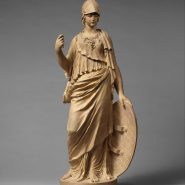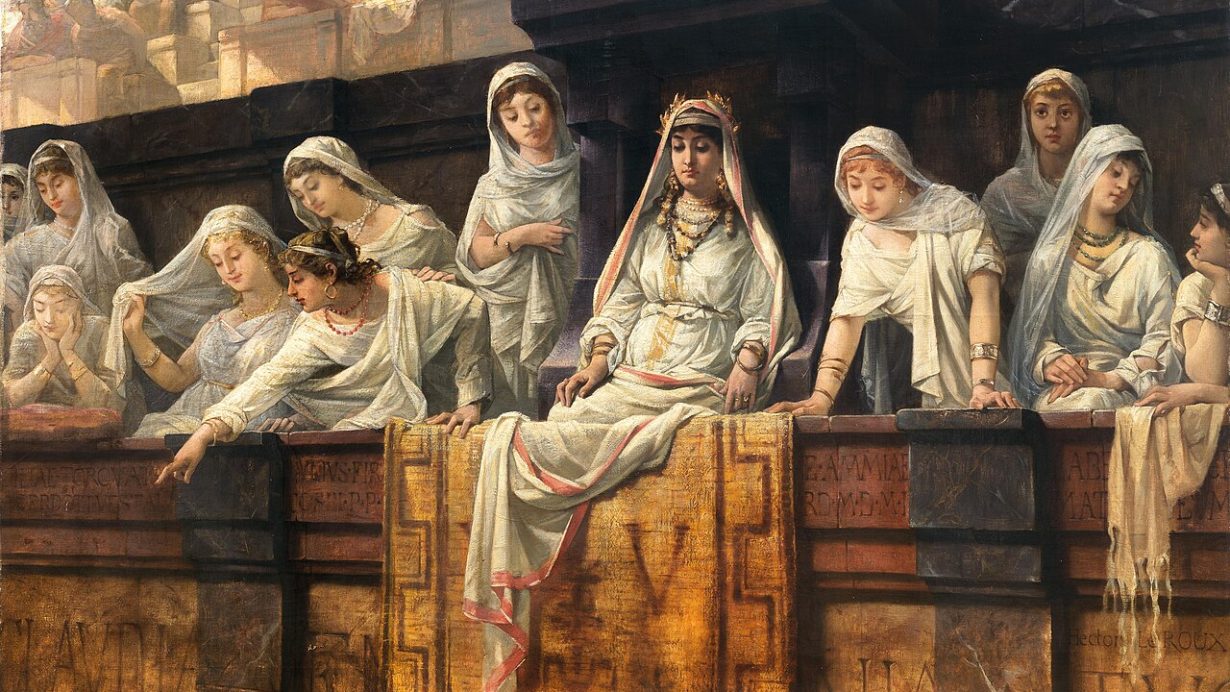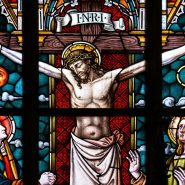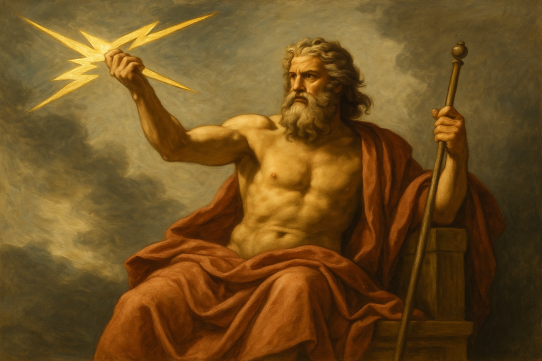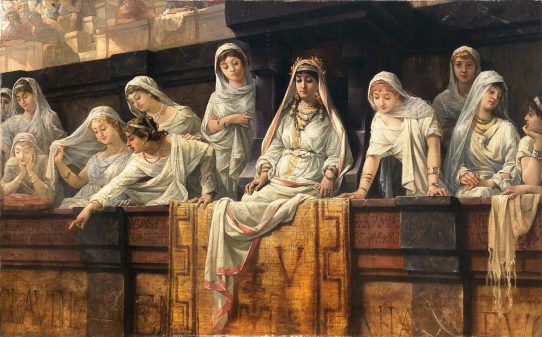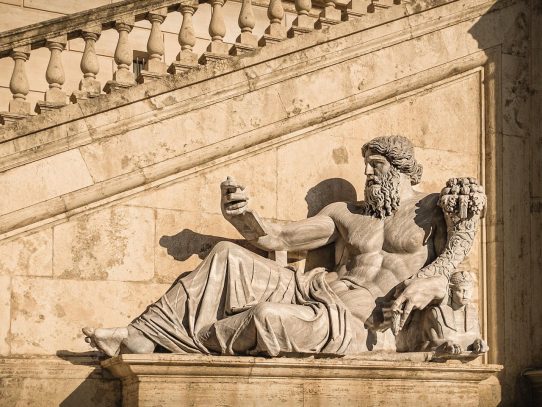Introduction
In the heart of ancient Rome, near the Forum, a sacred flame burned without interruption for more than a thousand years. It was tended by a small group of women known as the Vestal Virgins, priestesses of the goddess Vesta. To the Romans, that fire symbolized the soul of the city itself: if it ever went out, they believed, Rome would fall. The story of the Vestals is one of devotion, discipline, and immense responsibility—a spiritual order that blended divine purity with political power.
The Goddess Vesta
Vesta, the Roman goddess of hearth and home, represented warmth, purity, and continuity. Her presence was not depicted through statues or grand temples but through fire. Every Roman household maintained a small flame in her honor, linking private devotion to the well-being of the empire. The sacred fire in her temple symbolized the unity of family and state—each flame echoing the larger one that burned in the heart of Rome.
Choosing the Vestal Virgins
Becoming a Vestal Virgin was one of the highest honors a girl could receive. Selected between the ages of six and ten from noble families, each Vestal served for thirty years: ten years of training, ten of service, and ten as an instructor to younger priestesses. During this time, she was bound by a vow of chastity and lived within the House of the Vestals, a tranquil courtyard complex behind the Temple of Vesta.
Their chastity symbolized the moral integrity of Rome itself. A pure Vestal ensured the city’s safety; any violation of her vow was considered a cosmic threat. The penalty was severe—burial alive, a punishment meant not to shed blood within the sacred city.
Duties and Daily Rituals
The Vestals’ main duty was to keep the sacred fire perpetually burning. They also prepared the mola salsa, a holy mixture of salt and flour used in sacrifices, and safeguarded important state documents and wills. On certain holy days, they participated in public ceremonies, veiled in white and accompanied by symbols of purity such as laurel branches and fillets.
Their lives, though secluded, were not without privilege. Vestals were free from their fathers’ legal control, could own property, and had reserved seats at public games. Their word carried authority equal to that of senators. In a society where most women lived under strict domestic rules, the Vestals embodied both piety and independence.
The Symbolism of Fire
Fire was the perfect symbol for Rome’s divine protection. It represented not only warmth and life but also the eternal presence of the gods. To the Romans, its steady flame reflected civic stability and divine favor. The Vestals’ diligence ensured the continuation of pax deorum—the peace between humans and deities. Whenever the flame flickered, the city trembled with fear; whenever it burned bright, it reassured the people that Rome’s destiny remained secure.
Decline and Legacy
The worship of Vesta continued until the late fourth century CE, when Christianity became the empire’s official religion. In 394 CE, Emperor Theodosius ordered the sacred flame extinguished, marking the end of an era. Yet the legacy of the Vestals endured. Their symbolism of guardianship and purity influenced later monastic traditions, and their temple’s circular design inspired Christian churches and shrines.
Today, the ruins of the House of the Vestals remain one of Rome’s most evocative sites. Standing amid its broken columns, one can still imagine the soft glow of the eternal flame and the quiet devotion of the priestesses who protected it for centuries.
Conclusion
The Vestal Virgins embodied the spiritual heart of Rome. Through their service, the Romans expressed their deepest belief: that divine favor must be earned through purity, discipline, and care for the sacred. Though the flame of Vesta has long since gone out, its light still burns in the memory of a civilization that saw divinity not only in the heavens but in the hearths of its people.
